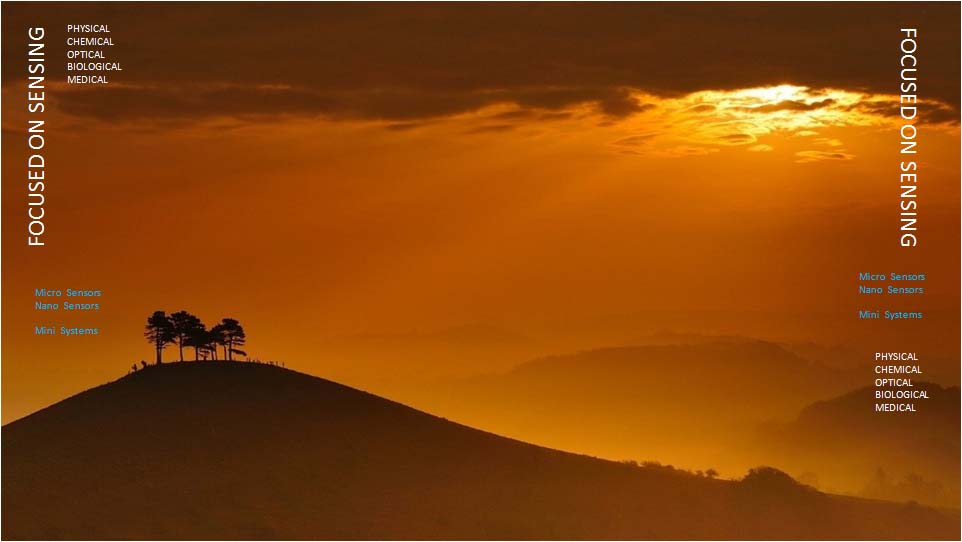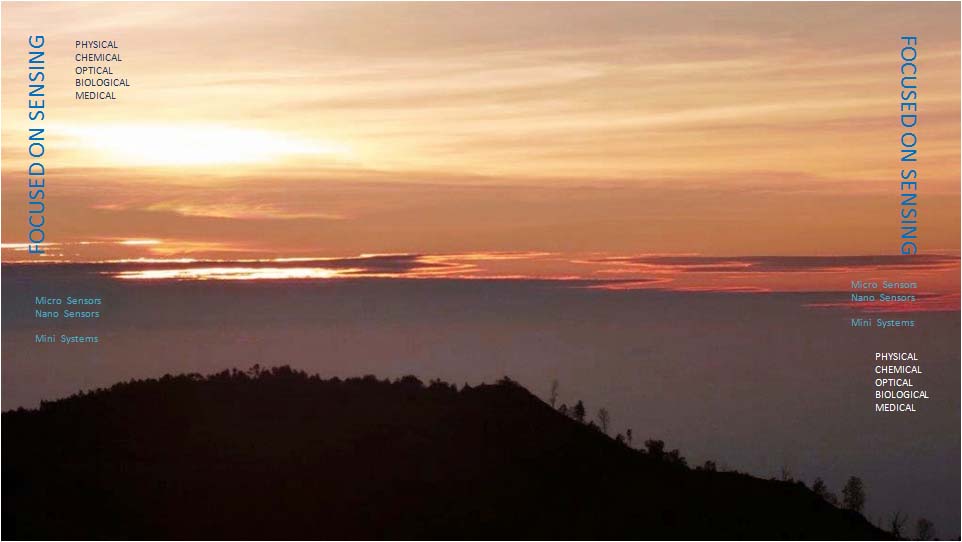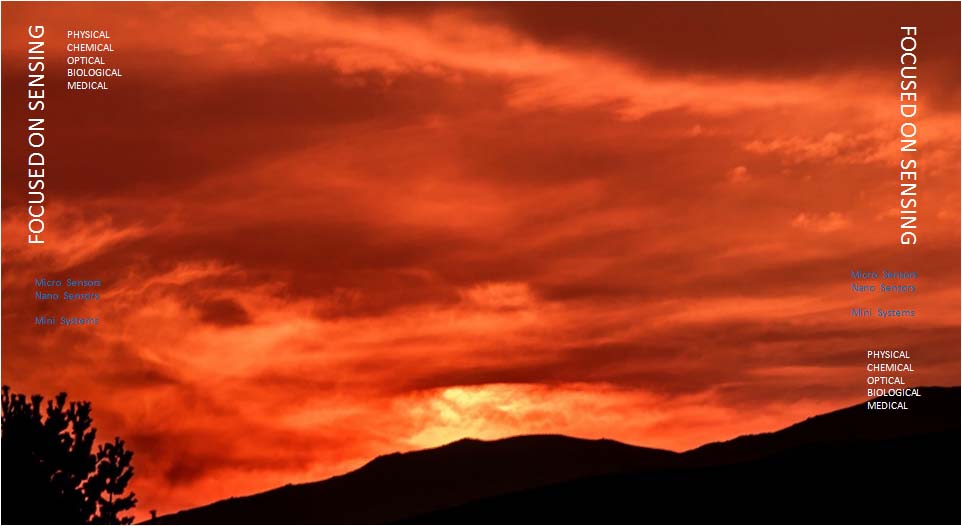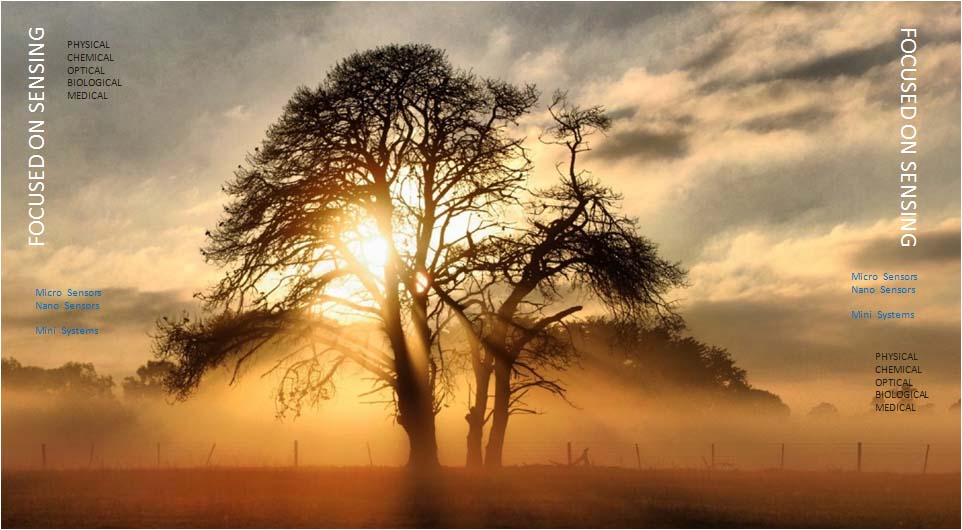| DATA REDUCTION SOFTWARE |
The data reduction becomes necessary:
- When a large volume of time series data is collected from a test station, the data is reduced by extracting
some key parameters and saving them for quick review and reference. Sometimes a curve or a polynomial is fitted
into the measured data; and only the curve fitting parameters are saved;
- When each system has a somewhat different behavior which stays the same, the system is supplied with a set
of calibration parameters, which the user has to use to yield the system output;
- For archiving for future analysis and review. This software is used basically for storage management and quick retrieval.
Calibration Test Software
This software is used to extract basic calibration parameters of a sensor. The output of the
sensor is recorded for a series of precisely correct inputs over the input range of the sensor. A regression polynomial is fitted
into the IO data. If the sensor behavior is linear, the fitted curve is straight line, it yields the bias and scale factor of the
sensor. Otherwise, a higher degree polynomial is selected with its corresponding coefficients. If the sensor behavior is stable,
the regression analysis yields the same set of numbers. The sensor tests are repeated at different soaking temperatures.
Test Data Storage & Archiving
Generally, before a system is fielded in actual use, all of its sub-modules have to go through a
series of tests. Such testing produces a large volume of data. An organized software tool is employed to handle the data, and to
correlate the data with processing source materials and equipment used. This gives us full tractability, and helps us perform
improvements in future. The system development software tracks and archives all tests and the resulting data. For example,
the development software for AXLGYRO keeps track of the following test sequences and their data:
The accelerometer parameters are measured on the unit under test at standard laboratory condition.
BIAS
- The rms deviation of the bias from its mean value is measured over a period of 1 hour
- The spectral noise is measured over the frequency range of 10 Hz to .1 Hz. The analog signal output of the accelerometer is sampled at a 100 Hz for a period 100 seconds.
- The rms deviation of the bias from the mean of 10 measurements is taken with power recycling.
- The temperature sensitivity of the bias is measured over temperature of 30 *C. The bias is measured after stabilizing the temperature at every test set point 5 degrees apart.
- The vibration sensitivity of the bias is measured using a sine sweep from 10 to 2000 Hz at 0.5 , 1, 4 g’s peak-to-peak.
- The rms deviation of the IA misalignment from the mean of several measurements taken over a 2-hour period.
- Provide values and dates on which the IA misalignment measurements are taken over the test period..
- The rms deviation of the IA misalignment from the mean of 10 measurements taken with power recycling.
- The frequency response of the accelerometer servo loop is measured both for amplitude and phase from DC to 2000 Hz.
Return to SOFTWARE-TECH HOME











